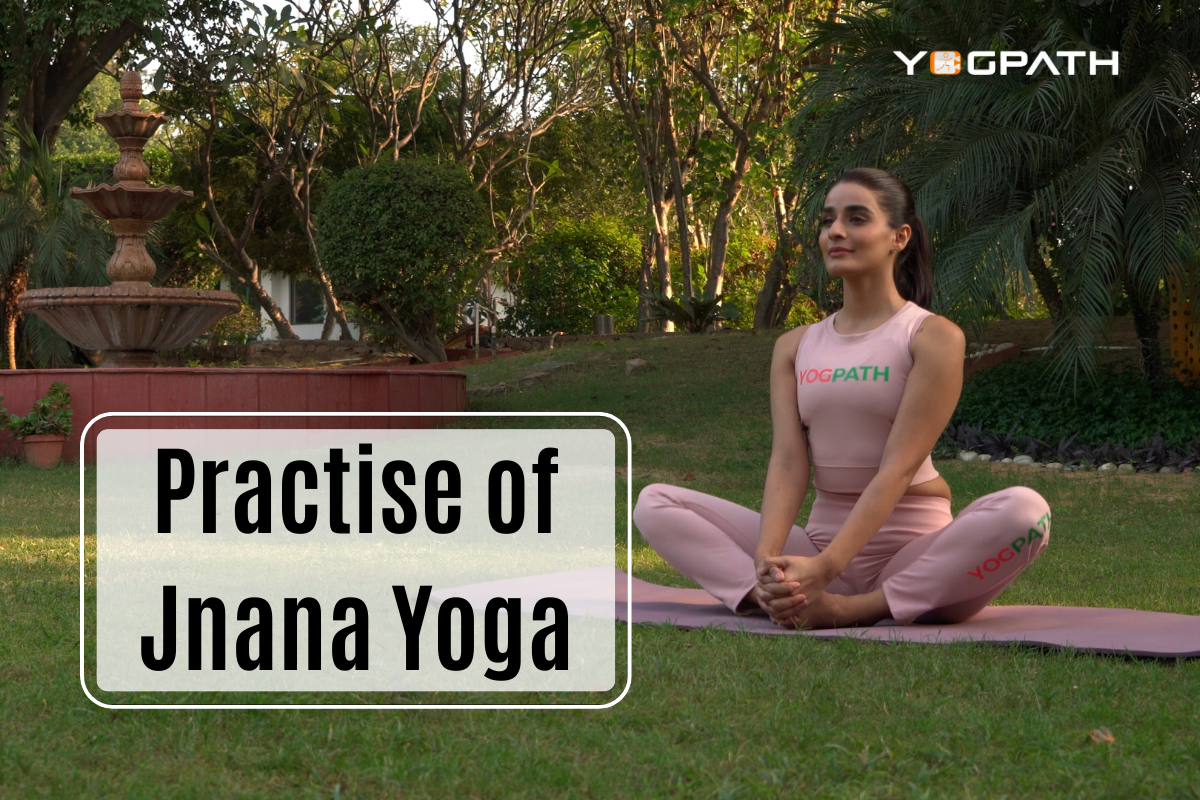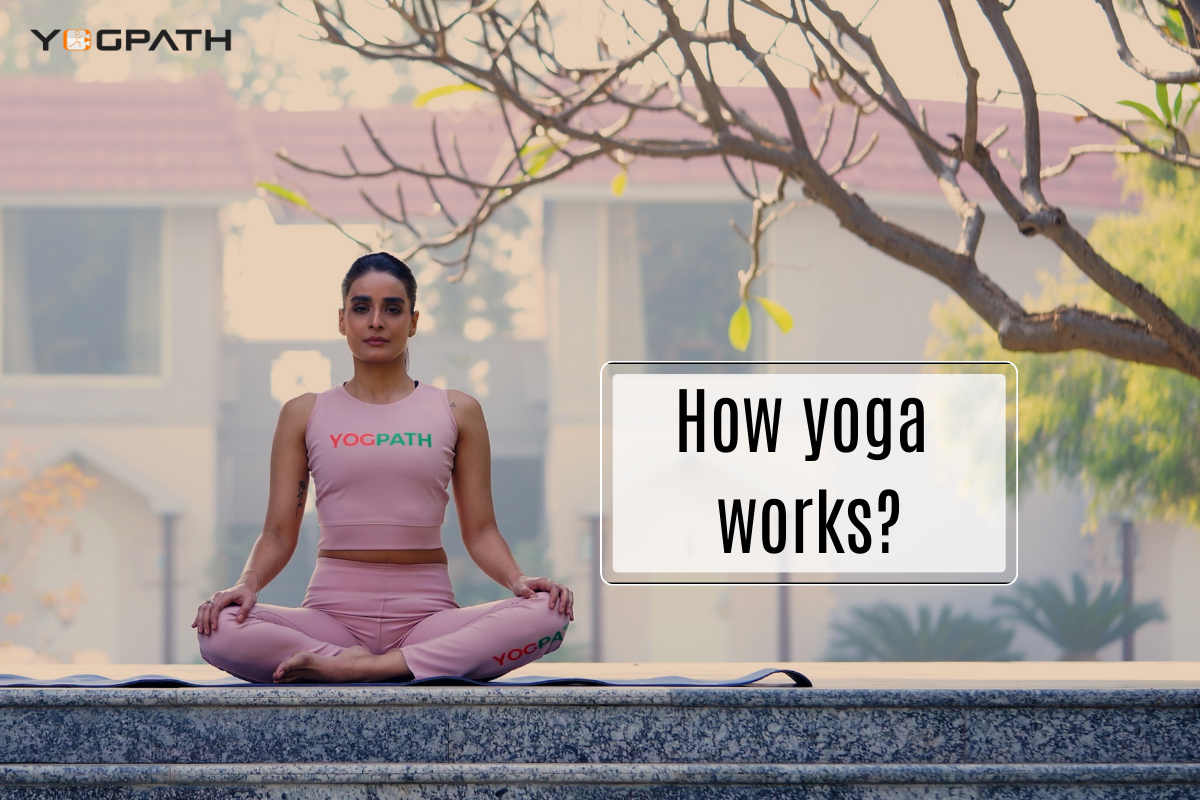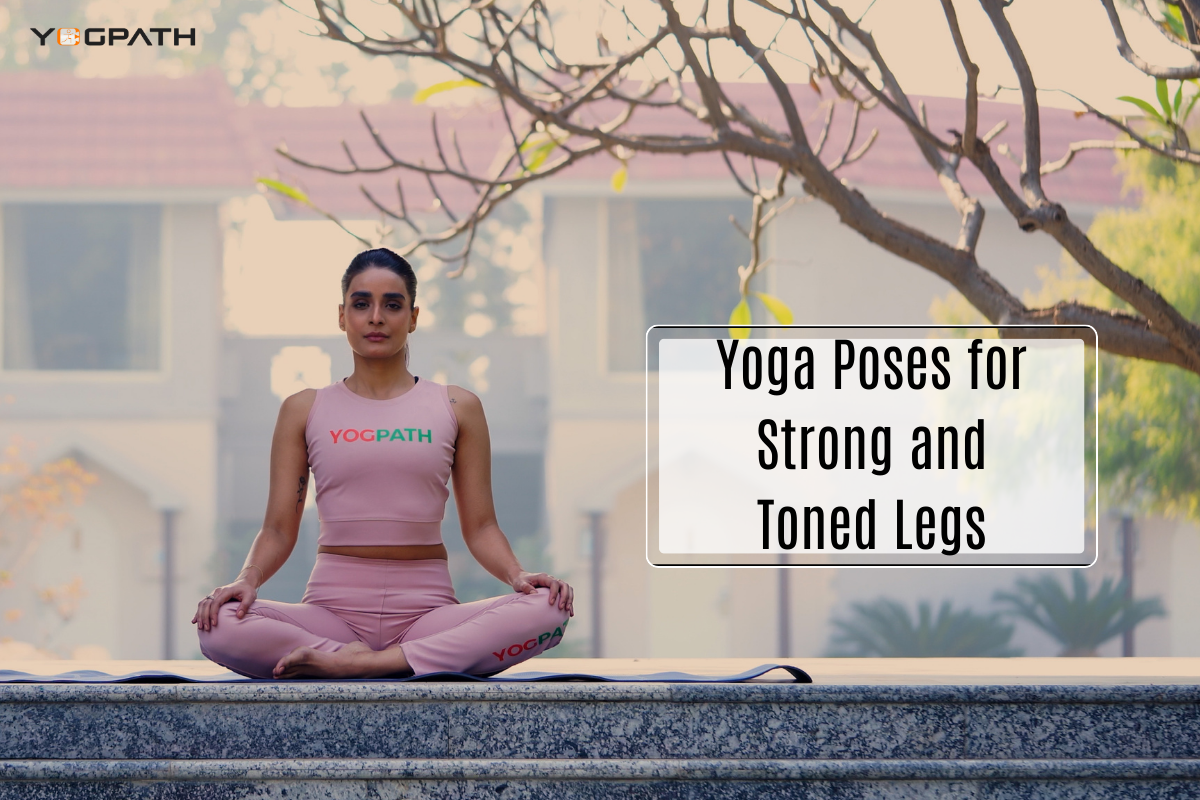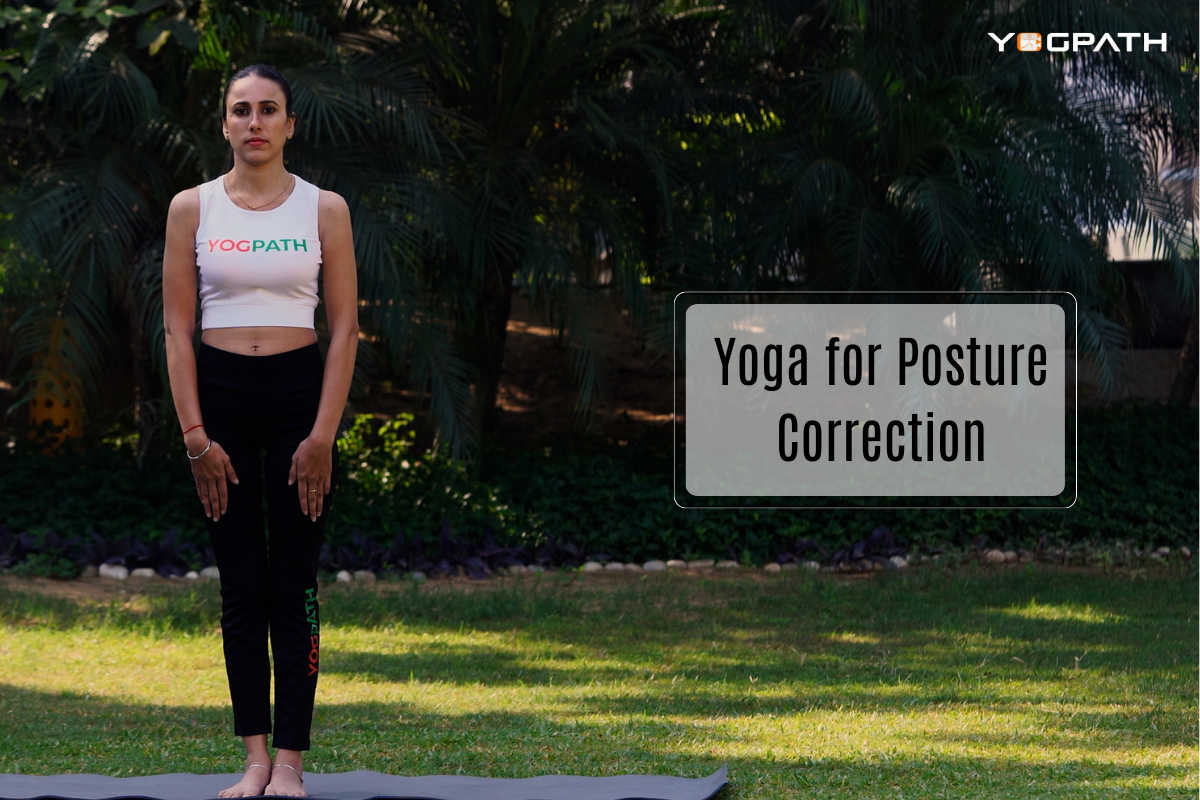
The Sanskrit word ahimsa refers to a state of nonviolence. The prefix —a means “not,” and the root himsa means “to cause pain.” The root of all himsa (physical violence) is fear, and insecurity stems from a sense of isolation and misunderstood by others.
The first of the five yamas (restraints) of the eightfold path described by the great sage Patanjali in the Yoga Sutras is ahimsa, which allows us to live in such a way that we do no harm to any living being, including ourselves, in our thoughts, words, or deeds. Ahimsa, at its core, is an unselfish feeling of connection to all living things and the universe at large.
Without even realising it, you have already caused great harm to a great number of living things. As you proceed to tread, you cause the deaths of numerous ants. It’s not like you’re murdering anyone. Things are moving along at this point. Yet the intent to destroy something, to commit violence, can erode one’s own foundation. Ahimsa means “nonviolence of intent.” Respectfully, Gurudev Sri Sri Ravi Shankar.
One can actively radiate non-violent energy, bringing peace to others, and thus embody the principle of ahimsa, which is not a passive force. Vegetarianism (the choice not to eat any animal products) is one example; so is the modern practise of not harming the environment or any other form of life, and of not harming oneself in any way, either physically or emotionally, through things like destructive habits, negative thoughts and repressed emotions, criticism of others, or overexertion in a Yoga pose.
Finding Inspiraiton in the Ahimsa Warriors
India’s Lord Mahavira, the Jain dharma’s proponent (599-527 B.C.E. ), Gautama Buddha (563-486 B.C.E. ), and China’s Lao Tzu (551-479 B.C.E.) all discussed the concept of ahimsa (sixth century B.C.E.). Both Jesus and the Apostles preached a compassionate doctrine (“Love your neighbour as yourself” or “Thou shalt not kill. Henry David Thoreau, Sojourner Truth, Thomas Merton, M.K. Gandhi, Sir Bertrand Russell, Dorothy Day, Mother Theresa, Martin Luther King, Jr., The Dalai Lama, Robert Thurman, Peace Pilgrim, Rev. Matthew Fox, Nelson Mandela, and Mother Teresa are just some of the philosophers, political activists, scholars, scientists, and religious leaders who have demonstrated the essential doctrine of ahimsa. Conflict is an inevitable part of living in a human world, but these ahimsa warriors show us that we can bring love and compassion into the midst of conflict to resolve it and make a positive impact on the world. The principle of ahimsa, or nonviolence, has been strongly recommended by people of all faiths, cultures, and philosophies, from Hinduism and Jainism to Christianity and beyond.
Some may think it’s impossible to practise ahimsa in today’s world, which is plagued by constant threats and shocking acts of violence like mass shootings. But if you calmly examine your own thoughts and actions, the truth of ahimsa’s power will become apparent. While the nonviolent freedom movements that led to India’s independence under Mahatma Gandhi may seem like ancient history, the recent story of peaceful reconciliation between the Colombian government and FARC guerrillas in June 2015, inspired by Gurudev Sri Sri Ravi Shankar, will certainly inspire us to pursue ahimsa (nonviolent resistance).
Historical yogis embraced ahimsa as a means of enlightenment. Putting ahimsa into practise is difficult on multiple fronts, testing our mental and emotional fortitude as well as our ability to control our impulses. Some examples of practising ahimsa include not thinking or saying anything that might hurt someone else and not fighting back when you feel you’ve been wronged. The principle of nonviolence (ahimsa) is enunciated as follows: (Yoga Sutra II. 35)
Based on what Maharishi Patanjali teaches, people will stop using violence, hostility, or aggression if you make your nonviolent presence known (Yoga Sutra 2.35).
When one masters ahimsa, they gain the siddhi (power) of peacefulness, and those around them experience a sense of calm and tranquilly as a result. If someone is coming up to you with the intention of confronting you but senses that your energy is completely peaceful, they may change their approach. If you are peaceful and nonviolent, then others will be inspired to follow your example. Wow, this really gives you some power. Just think: if half the world’s population adopts ahimsa, the other half will have no choice but to follow suit.
In addition to this greatest advantage, ahimsa has the personal benefit
- Sends out positive energy that helps people become more resilient and accepting.
- Causes one to become more mentally robust; makes one more confident and courageous
- Effective in reducing negative emotions such as rage, anxiety, and low self-esteem
- Boosts confidence, assertiveness, patience, and communication
- Lessens anxiety and facilitates calmness
In a nutshell, ahimsa (nonviolence) is a powerful tool for making our lives and the lives of those around us more joyful, peaceful, and harmonious.
Yoga (asana, pranayama, and meditation) practised regularly can aid in the cultivation of a non-harming outlook. Practicing yoga helps one relax mentally, learn more about themselves, and ultimately see themselves as the highest possible expression of their true selves. The serenity gained through meditation is the foundation of a nonviolent lifestyle. Nonviolence is a two-way street, with equal contributions from both parties. When you practise Ahimsa, you’ll find mental harmony and calm, and when you’re at peace with yourself, you won’t have any desire to hurt or harm others.
Actually putting ahimsa into practise is an art
In the Bhagavad Gita, one of the central texts of yoga philosophy, it is stated that “yogah karmasu kaushalam,” or that yoga is the practise of skillful action.
Ahimsa (non-harming) is one of the yamas and niyamas, but when practised alongside the others, it can present a challenge, if not a complete state of confusion. We can achieve this harmony by thinking of ahimsa as the most important of the five yamas, with the other four yamas (and niyamas) serving as a kind of backbone for it.
A true art of yoga is learning how to be truthful without being hurtful to others. Consider all the times your “honesty” could hurt someone else, even if it was just a simple comment about the food served at a friend’s house or a question about how they looked or what they were wearing for a special occasion.
If you aren’t present and calm enough to deftly sidestep the situation, would you rather be painfully honest or mindfully honest so as to spare the other person’s feelings? Even though we hope one day to be able to strike a perfect balance between non-harming (harmlessness) and non-lying, until that day comes, we must always keep in mind the paramount importance of never intentionally harming another person. Each of the Yamas and Niyamas can be practised in the same way. We can learn to master each component separately, and then we will have mastered all of them in both letter and spirit.











